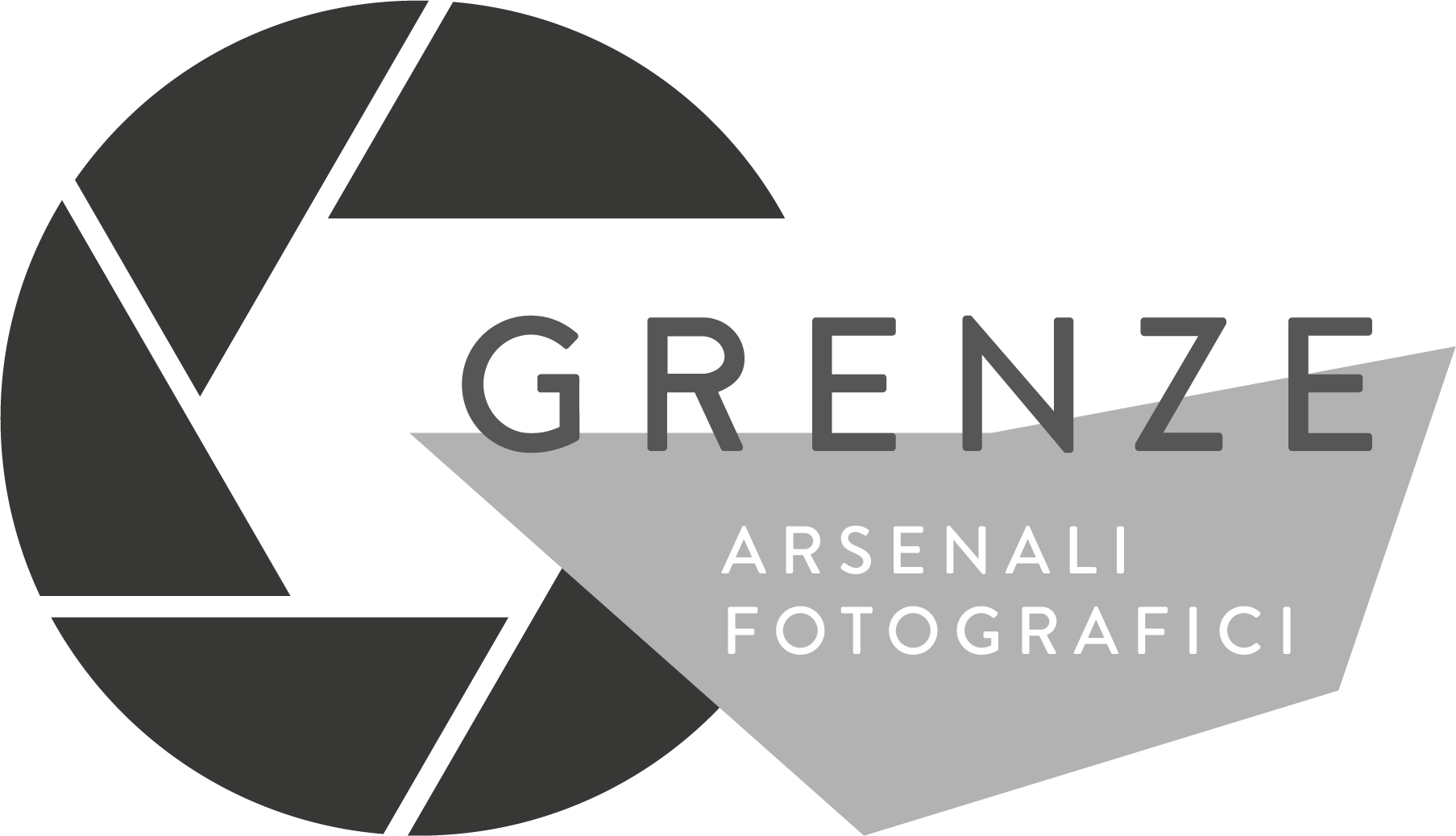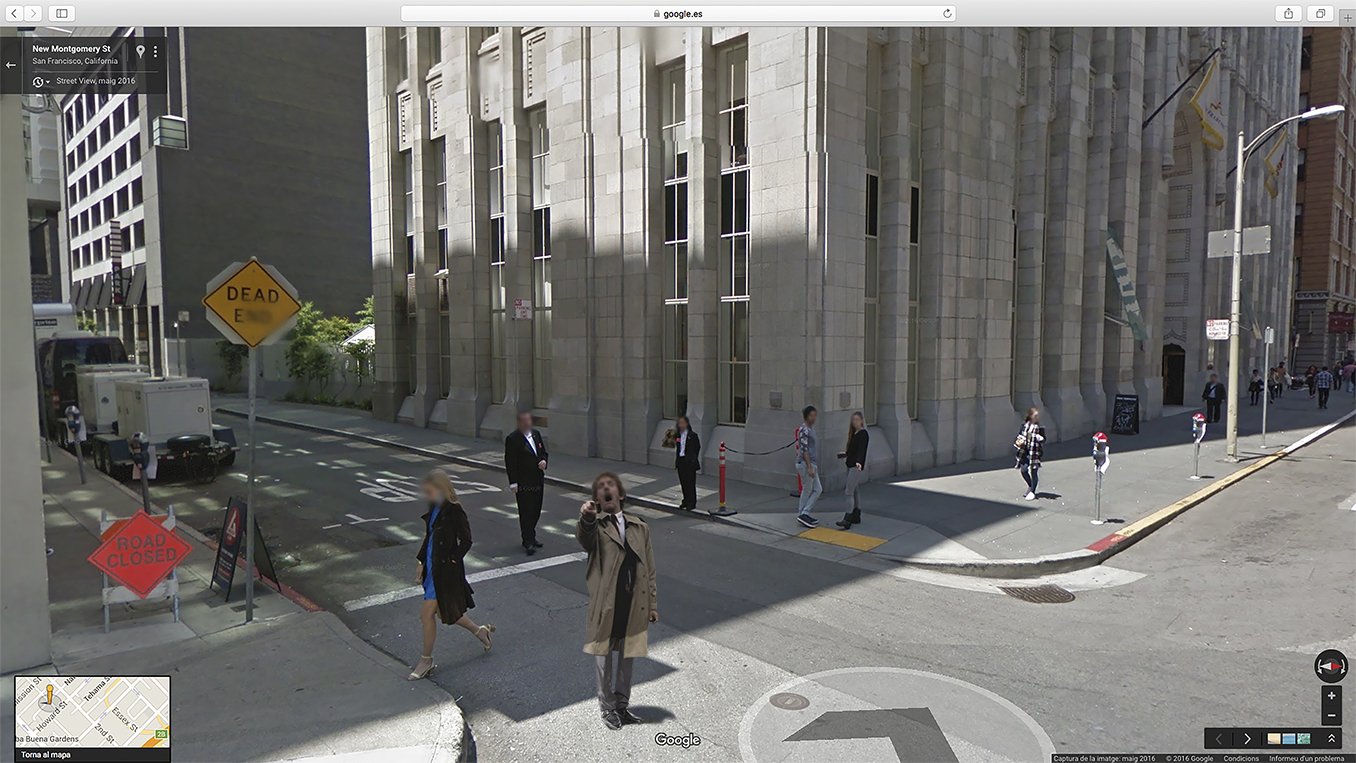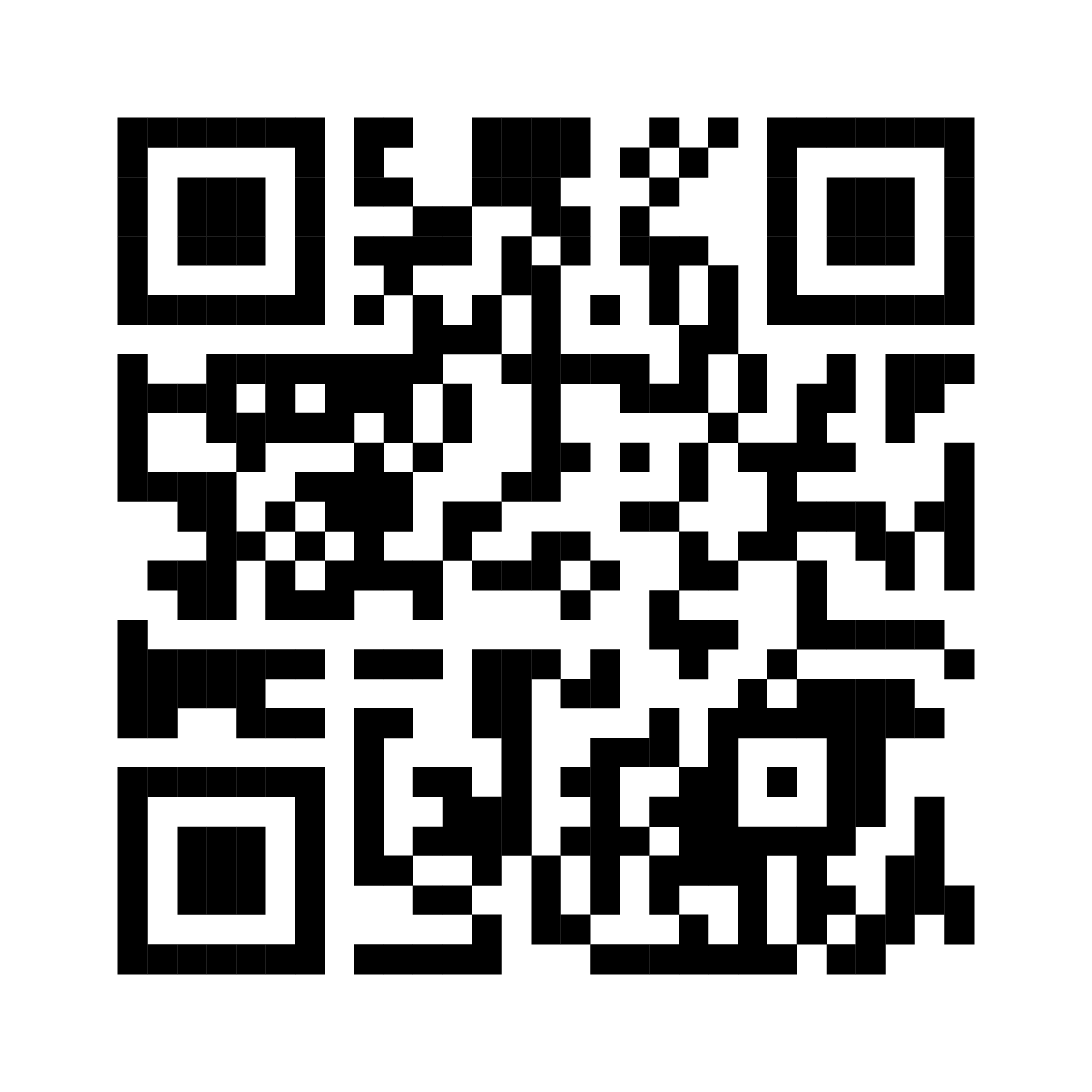Road Moview
The new virtual tools not only make possible multiple creative strategies and ways of representing the world around us, but also establish new limits to reality. A new reality becomes closer. A visual experience that represents the world to us. Both the map and the image represent to us what we cannot experience in any other way. They force us to look at them as objects that go beyond themselves, towards a reality that is not there. Just as the map is not the road, the picture is not the aunt. Fiction surrounds us as a means to tell us about the world, to experience it through time and space.
Cinema has been one of the great exhibitors of our fictional capacities. Working different symbols to tell us about ourselves, the road, the track, is undoubtedly one of the most powerful. From the first train of the Lumière brothers, to the genre, road movie, all its history deals with the road as a common referential frame, between the work and the spectator as a symbol, distant and close at the same time. A known space that becomes mythological.
The Road Moview project aims to search for this collective imaginary, this common fiction through the symbols of cinema, and how they represent us within location and mapping tools such as Google Maps or Street View. Places. A map of familiar, everyday places that would be no different to so many others if it weren't for being the setting for this imaginary, sometimes with no more importance than the moment.
I wonder if this fiction of a fiction will not become reality, just as much as the double negation, logical, becomes affirmation. I think of Cervantes when he talks about Tirant lo Blanc:
Here gentlemen eat, and sleep, and die in their beds, and make wills before their death, with these things which all other books of this kind lack.
And I think also to emphasise the idea of irony and humour within the project. It's not about the climactic moments of the characters in them. Sometimes it's not the final scene, but perhaps stating the coincidence of finding James Bond's car in Goldfinger stopped on a pavement where the footage was shot. It's about seeing the characters in their natural environment. To make it as if the film were real and the actions in the images were at the precise moment. To infer about time in a fleeting way, just as the car that takes pictures for the maps passes by once at a certain instant. This post-production that Road Moview does is what I understand as double fiction. These gentlemen who also sleep. They want us to meet the characters as if they were there.
A double production of fiction, a remake of the myth, which affirms the irony of the order of our realities.
Ruben Torras Llorca (Sant Vicenç de Montalt, 1978)
Multidisciplinary visual artist. Degree in Fine Arts and Official Master in "Realism and Environments" from the University of Barcelona (UB).
His work combines painting and digital image from a conceptual point of view. He is currently working in the field of pictorial research, digital photomontage and interactivity. He has exhibited individually and is currently working hand in hand with the Galería My Name Lolita Arte in Madrid, the Pep Llabrés Gallery in Palma de Mallorca, the Victor Lope Gallery in Barcelona, as well as the DOK Gallery in Baden (Switzerland) and the Ganache Gallery in St. Martens-Latem (Belgium), among others.
He has exhibited in numerous art centres such as Arts Santa Mònica, Bòlit Art Centre in Girona, the Museum of Granollers and Roca Umbert, Fábrica de las Artes.
He has also participated in fairs such as Art Madrid, Estampa, Arte Santander and the MAC, Audiovisual Market of Catalonia.
He is currently in artistic residence at Piramidón, Contemporary Art Centre of Barcelona.
__________________
IT Version
ROAD MOVIEW
I nuovi strumenti virtuali permettono la realizzazione di molteplici strategie creative, ma consentono una rappresentazione limitata della nostra realtà. Un’esperienza visiva che ritrae il nostro mondo, una nuova realtà che si avvicina a chi la guarda. Una mappa e un’immagine rappresentano quello che non potremmo vivere in nessun altro modo. Esse ci costringono ad andare oltre all’oggetto che raffigurano, indirizzandoci verso una realtà che non esiste. La mappa non è la strada, così come la foto non è la zia. La fiction, intesa come narrazione, nasce con l’obiettivo di raccontarci il mondo, vivendolo nello spazio e nel tempo. Nel fare questo, il cinema è indubbiamente tra i migliori strumenti di narrazione poiché in grado di elaborare simboli diversi per raccontarci la strada, la via. In “L’arrivo di un treno alla stazione di La Ciotat” fino al genere Road Movie, la strada vuole raccontare ed essere simbolo comune tra spettatore e l’opera. Due realtà lontane ma allo stesso tempo vicine, uno spazio che da noto diventa mitologico. Il progetto Road Moview, con il fine di questo immaginario collettivo, vuole cercare attimi cinematografici immortalati e riportati all’interno di strumenti di localizzazione e mappe come Google Maps o Street View. Raffigurazioni di luoghi familiari e quotidiani che fanno da scenario a questo immaginario. Mi domando se questa finzione nella finzione non diventi realtà, proprio come la doppia negazione, diventa affermazione. Penso a Cervantes quando parla di Tirante il Bianco:
qui i cavalieri mangiano, e dormono, e muoiono nei loro letti, e scrivono testamenti prima della loro morte, queste cose che mancano in tutti gli altri libri dello stesso genere.
Vorrei sottolineare l’ironia e l’umorismo all’interno di questo progetto. Non tratta di momenti decisivi per i personaggi che appaiono. A volte non vuole essere lo scenario finale, ma può essere una coincidenza trovare l’auto di James Bond parcheggiata su un marciapiede a Goldfinger dove vennero condotte le riprese. Si tratta di immaginarsi i personaggi all’interno di un ambiente naturale e di vedere le azioni catturate nella pellicola come se stessero avvenendo nell’esatto istante. Inferire sul tempo in maniera fugace, proprio come l’attimo immortalato dalla fotocamera di Google Maps. La post-produzione di Road Moview è ciò che intendo per double-fiction (doppia narrazione): come cavalieri che, oltre a combattere, dormono. Una doppia produzione della fiction, un remake del mito, che afferma l’ironia dell’ordine delle nostre realtà.
Ruben Torras Llorca (Sant Vicenç de Montalt, Catalogna, 1978)
Artista visuale multidisciplinare. Laureato in Belle Arti e specializzato in “Ambiente e Realismo” presso l’Università di Barcellona (UB). Il suo lavoro combina l’immagine digitale e la pittura sotto una prospettiva concettuale. Le sue opere sono state esposte in numerosi centri, tra cui: Arts Santa Monica e Fàbrica de les Arts di Barcellona, Bòlit Centre d’Art a Girona e il Museo di Granollers. Ruben Torras ha inoltre partecipato a numerose fiere come Art Madrid, Estampa, Arte Santander e MAC (Mercat Audiovisual de Catalunya). Collabora con diverse gallerie nazionali ed internazionali. In Spagna lavora insieme a My name’s Lolita Art (Madrid), Pep Llabrés (Palma di Mallorca) e Victor Lope (Barcellona); coopera invece in Svizzera presso la Galleria DOK (Baden) e in Belgio con la Galleria Gana (Sant Martens-Latem). Prosegue il suo lavoro all’interno del campo della ricerca pittorica, del fotomontaggio digitale e interattivo. Attualmente si trova al Piramidón, Centro di Arte Contemporanea di Barcellona, in residenza artistica.




